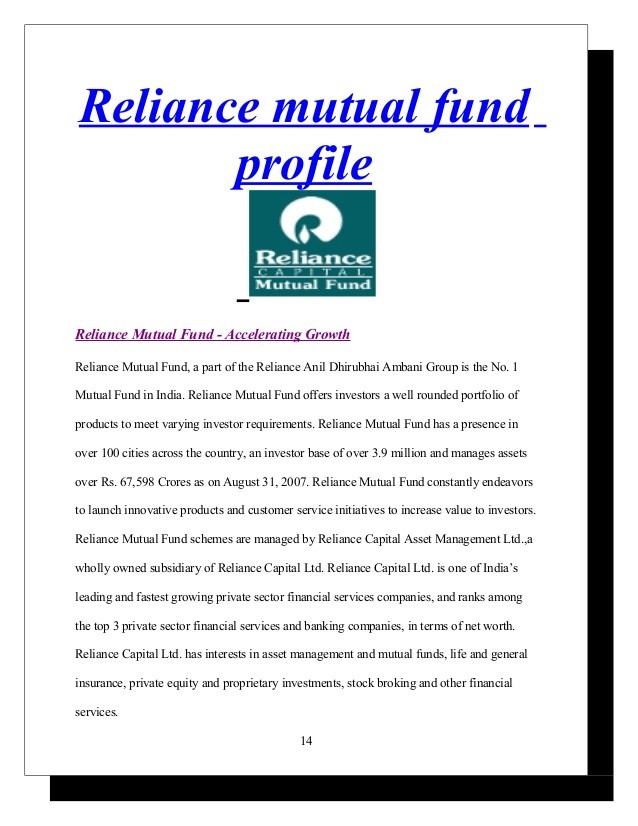How Mutual Fund investors use trigger mechanism to book profits at a predetermined level
Post on: 22 Ноябрь, 2015 No Comment

MUMBAI: First-time investors in equity mutual funds as well as those who do not have time to monitor investments regularly are using the so called trigger mechanism to manage their money. Triggers allow investors who are not sure when to book profits to exit their investments at a pre-determined level. With stock market at record highs, this system is gaining popularity among new investors.
Many new investors are using triggers as a tool in this current rally to ensure they book actual profits and not merely mark-to-market (MTM) gains, said Anup Bhaiya, director, Money Honey Financial Services, a Mumbai-based distributor. According to distributors, many investors are betting on the Nifty touching 10000 and have set up these triggers to exit and shift to debt mutual funds when that target is hit.
While some investors are using triggers in existing mutual fund schemes, others are comfortable subscribing to NFOs which trigger an exit when their target is reached. Last year, Union KBC launched a close-ended fund which booked profits when it made 30 per cent gains. Currently, Baroda Pioneer Mutual Fund’s Trigger Fund NFO is open for subscription. This fund will book profits and wind up the scheme if its NAV will move up by 50 per cent or at the end of 3 years, whichever is earlier.
Triggers help create a mechanism to monetise gains, which investors may otherwise miss out on. It gives investors financial freedom to take a call to continue with the fund or not, said Kiran Deshpande, COO and CFO, Baroda Pioneer Mutual Fund.
Triggers help investors maintain a disciplined investment approach that ensures investment goals are met. In addition to these, there are a host of trigger facilities which various mutual funds offer. Axis, Edelweiss, SBI, UTI, Quantum all offer a combination of time-, value- or event-based triggers to investors.

New investors and people who don’t have the time to monitor their investments are using triggers. Predetermined triggers help investors take action on their investments, said Vikaas Sachdeva, MD and CEO, Edelweiss Mutual Fund. For example, Edelweiss Mutual Fund has a capital appreciation-based trigger facility where investors can switch their gains.
Investors can switch a pre-determined percentage of capital appreciation in an equity fund to an arbitrage fund, liquid fund or a debt fund. They can select 5 per cent, 10 per cent, 25 per cent, 50 per cent, 75 per cent or 100 per cent as the percentage of capital appreciation, which needs to be switched. Alternatively, investors can switch in money on dips into an equity mutual fund scheme. For this, the fund has a pre-paid SIP Facility through an Auto Debit Mandate.
This will enable investors to invest a pre-determined amount whenever there is a fall in CNX Nifty Index /CNX Midcap Index level by a certain percentage. The investor can select 0.50 per cent, 1 per cent or 2 per cent as the percentage of fall in the index level.
Axis Mutual Fund has a facility where investors can set up a trigger on the Nifty or as and when the scheme appreciates or depreciates by a particular percentage. Investors waiting for a correction have set up triggers to enter if the Nifty falls to 8000. Financial planners recommend that many investors set up goal-based triggers. For example, an investor who needs Rs 7.5 lakh for meeting the expenses of his child’s higher education after 5 years and invests Rs 5 lakh in an equity scheme for this, can set up a trigger to shift to debt once his equity corpus crosses Rs 7.5 lakh. This helps as the dream of your child’s higher education will be met even if the market were to crash subsequently.














